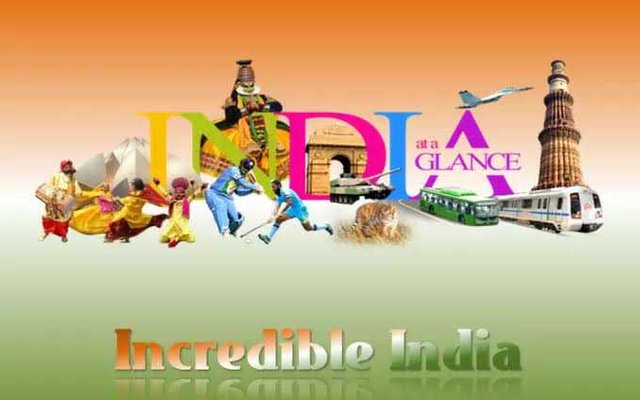
In 2002, global tourism was in terrible shape, due to 9/11 and its aftermath. Most tourist destinations were grimly tightening belts. It was against this gloomy backdrop that the Indian tourism ministry launched an ambitious plan.
The objective was larger than merely providing a boost. It was to change the global image of India as a tourist destination. The ministry was tasked to, first, develop a unique brand identity and then to communicate that identity and positioning effectively to the target audience of global travellers. For the first time ever, modern marketing principles, as encapsulated by management gurus like Philip Kotler and David Aaker, were applied to branding the nation.
The author, then a joint secretary in the Ministry of Tourism, was a key player in the ‘Incredible India’ campaign. Kant had already stood centrestage in an earlier, successful effort to promote Kerala as ‘God’s Own Country’. This book recounts his learnings from both campaigns.
The evolution of Incredible India incorporated an accelerated learning curve for all involved parties. It wasn’t just a problem of scale. One reason why India lacked a coherent brand was its multi-faceted, multi-destinational nature — that makes it difficult to ‘sell’ under a single positioning.
Another reason was the disconnect between the mindsets of bureaucrats and commercial players in the tourism sector. That gap had to be bridged to tap into the marketing skills and knowledge base of the private sector, which was indispensable to Incredible India.
The campaign was demonstrably successful. Apart from raising global visibility through a carefully mapped campaign that made innovative use of many new channels, it reversed the trend and generated more arrivals. In 2002, 2.4 million foreigners came to India. By 2008, that number had risen to 5.4 million. Earnings rose from $3 billion (2002) to $11.5 bn in 2008.
The book goes beyond mapping the marketing campaigns. Kant lists areas where infrastructure needs to be urgently developed, paying special attention to capacity- building in key areas like civil aviation and accommodation. He also addresses concerns about environmental impact and the sustainability of the current tourism model in the country.
Kant also makes extrapolations about the future of tourism in general apart from focussing on specific growth areas such as health tourism. The text is interspersed with photos, graphs and charts. The textual style is informal and anecdotal rather than the turgid memo-driven mess normally served up by bureaucrats. Despite presenting an uncritical and upbeat picture that glosses over rough terrain, this book has shelf-life.
Hello,
@acrms8
Thank you so much for posting to our community. I noticed you didn't clear achievement 1, You must clear Achievement 1 to work in our community. I have given the link of our discord server below please join the discord. We will tell you how to clear achievement 1 on our discord.
Join our Discord server
Regards
@mahir4221 (Moderator)
Incredible India
Downvoting a post can decrease pending rewards and make it less visible. Common reasons:
Submit